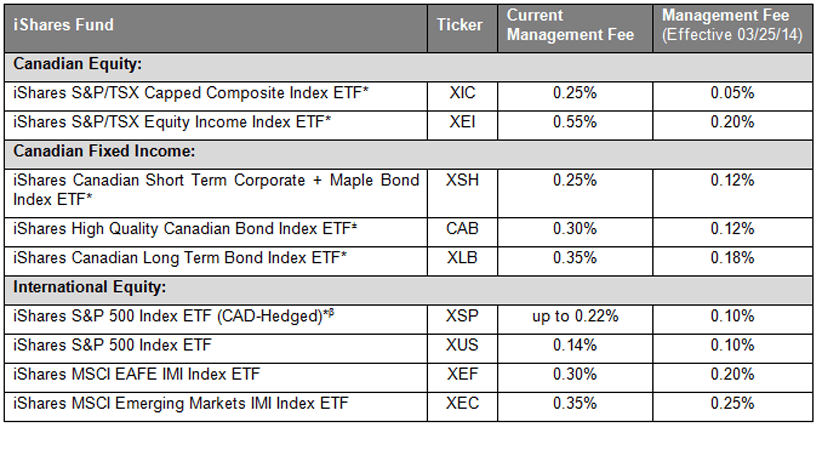BlackRock escalates ETF price war with hefty fee cuts on nine iShares ‘core’ ETFs
BlackRock Canada has slashed fees on about 10% of its iShares ETFs.
Advertisement
BlackRock Canada has slashed fees on about 10% of its iShares ETFs.

Share this article Share on Facebook Share on Twitter Share on Linkedin Share on Reddit Share on Email